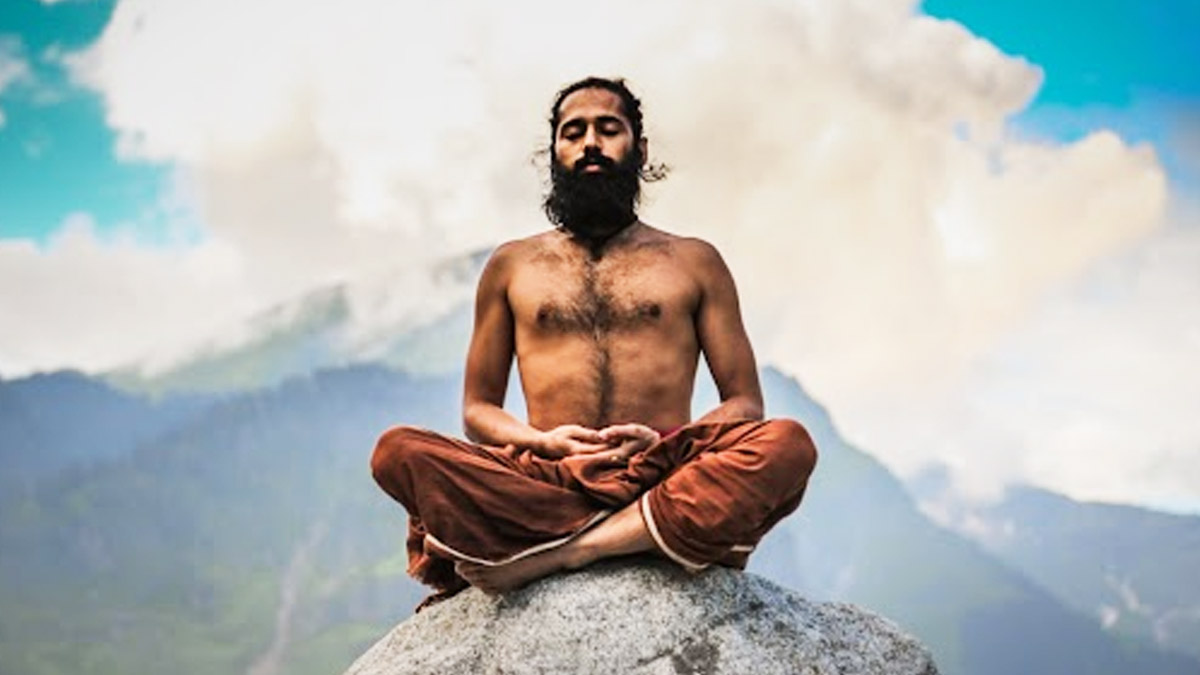
From physical wellness to mental well-being, yoga is one of the age-old practise that helps with everything. By combining yoga and spirituality, a person can easily deal with life's difficulties and achieve a sense of peace and relief. We spoke with our expert, Himalayan Siddhaa Akshar, Founder of Akshar Yoga Institutions, who explained how combining yoga and spirituality can help you manage stress.
Table of Content:-
According to one study, people who practise both yoga and spirituality can easily improve their physical and mental health. This translates to increased strength, reduced fatigue, anxiety, and appetite suppression, as well as improved sleep.
Symptoms of Anxiety
Breathing may become difficult, and anxiety may cause restlessness and insomnia. The type of anxiety condition determines the symptoms. Here are a few typical signs of anxiety:
• Worry, and dread
• Sleep issues or disrupted sleep
• Experiencing tingling, numbness, or sweaty hands or feet.
• Develop a propensity for shortness of breath, hyperventilation, motion sickness, etc.

The Importance of Asanas
To increase your physical fitness and mood, try the asanas listed below. Breathe deeply and move gently through each stance. Release from the stance and relax if you experience any pain.\
Also Read: Top Health Influencers To Watch Out For
1. Adomukhi Svanasana
Begin in the tabletop position, with your hands beneath your shoulders and your knees beneath your hips. Raise the hips and straighten the knees to form an A shape. At this point, keep your hands shoulder-width apart. Apply pressure to your hands, open your shoulder blades, and do shoulder flexion to try to force your heels into the ground. Maintain your focus on your big toes.
2. Vajrasana
Kneel on your mat with your pelvis resting on your heels. Put pressure on your calf muscles with your thighs. Lie on your knees with your palms up. Straighten your back and look forward.
3. Halasana
This pose is regarded as being quite beneficial for anxiety and stress. Lay on your back and let your legs drift back behind your head to perform this asana. Your toes should touch the floor behind you as you lift your middle and lower back. Once you get comfortable, try to bring your chest as near to your chin as you can while supporting your back with your palms.
Pro tip
People with lower back pain, neck pain, or high blood pressure should avoid performing this asana.

Meditation Techniques
Aarambh Dhyan
Aarambh is the word for "to start" or "to begin" in meditation. Make it a habit to practise this before beginning any asana. Before beginning the asana, your goal should be to reflect on the thoughts that are inside your mind, and you should let your thoughts flail without judging them. For example, before you leave for work, sit comfortably with your eyes closed and begin a visualisation exercise. Visualize yourself walking into your workplace with confidence and optimism. Consider how quickly you will complete all of your tasks and the success that will result. This is referred to as Aarambh Dhyan.
Super Power Meditation is another method that is highly advised because it affects how quickly your body heals. To practise this, sit in Sukhasana or any relaxed position that forms the shape of a pyramid on top of a mountain peak. The objective is to sit atop a mountain that resembles a mountain. Then, while holding an image of a reverse triangle shield in your chest, you must concentrate. With each breath you take while meditating, this shield enables you to invite all of the uplifting energy of the world into you.
Also Read: 'Brain Over Binge' to 'The Yoga Hour': 5 Fitness Podcasts To Get You Going
Bottom Line
Yoga and spirituality provide your mind with the necessary practice to stay in the present moment. Asanas and breathing together assist you to control your emotions and moods, which can lessen the symptoms of anxiety. Yoga is a mindfulness activity because it enables you to connect with yourself, become aware of your body and breath, and practise mindfulness.
Image Credit: Akshar Yoga Institutions
Also watch this video
How we keep this article up to date:
We work with experts and keep a close eye on the latest in health and wellness. Whenever there is a new research or helpful information, we update our articles with accurate and useful advice.
Current Version